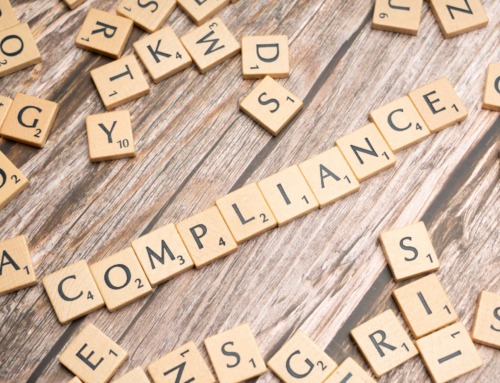 I’ve been in email marketing since 2002, and over the years I have been asked the same question many times: “If I click on the unsubscribe link, will I get more spam?” My response has always been to parrot what my former boss said to me all those years ago: “Any email marketer worth their salt already knows if you’ve received the email. Clicking the unsubscribe link will not ‘let the spammer know’ your email is active and therefore send you more spam.” This much is still true. However, as the Internet evolves, we need to be mindful and wary of the dangers that now exist, because there are times when you should not click.
I’ve been in email marketing since 2002, and over the years I have been asked the same question many times: “If I click on the unsubscribe link, will I get more spam?” My response has always been to parrot what my former boss said to me all those years ago: “Any email marketer worth their salt already knows if you’ve received the email. Clicking the unsubscribe link will not ‘let the spammer know’ your email is active and therefore send you more spam.” This much is still true. However, as the Internet evolves, we need to be mindful and wary of the dangers that now exist, because there are times when you should not click.
Spam, by general definition, is any email you don’t want to receive. For example, I could say to my wife, “My dad just spammed me again with one of his daily affirmations.” Strictly speaking, an email from someone you know isn’t spam, unless they’re trying to sell you something. Then there’s “Bacn” (pronounced like bacon). This is email marketing you’ve subscribed to. You may not open it all the time, but it’s something you’ll just leave in your inbox, because you might want to go back and look at for special deals in the future.
The stricter definition of spam is any email you did not ask to receive. This most likely is from marketers who’ve purchased a list with your email address in it; possibly a marketing “partner” of a business you subscribed to receive email from. Read the fine print when you sign up for email from a new company, and you’ll see what I mean.
These are usually marketers who “batch and blast” email marketing. As annoying as this kind of spam is, in general, you can unsubscribe from them and not worry that you’ll be sent more spam, since legally, they must honor your request within 10 business days.
What then, is so dangerous about spam? Phishing emails. These are emails that look legitimate, to trick the unsuspecting user to click and provide the bad guys with sensitive personal information. Oftentimes, you’ll see emails posing as large retailers or banks in these phishing schemes. Which is why you should NEVER click on a link within an email “from” your favorite bank or online retailer regardless of legitimacy. Go directly to those websites, then access your account that way—not via the email.
In addition to the dangers of phishing emails, you need to worry about emails that look innocuous, like, “Check out this hilarious new viral video sweeping the web.” You decide to click on it knowing you won’t put in any personal information. You wait a bit as the video loads. You see a cat doing dog-like things. Sure, it’s not hilarious, but it was an acceptable use of five minutes of your life. You’re fine, right? Maybe not.
There are websites out there embedded with malicious code: virus-like software that can automatically upload to your computer. Once it’s there, it’s difficult to remove, and the scariest thing of all, you might not know of its existence. So what do these malicious software do? What don’t they do? They can record from your webcam without you knowing. They can track the websites you visit and capture your keystrokes—legitimate online banking just turned into handing thieves your ATM card and telling them your PIN. You might say, “Hey, I don’t go to sketchy websites.” That may be true, but from my personal experience, I once visited the website of a local sushi place looking for their menu, what I found instead was a compromised site. So yes, it’s important to have a good anti-virus/anti-malware software installed on all of your devices, and maybe a nice little Post-it® note to cover your webcam. I know, this went from talking about how to deal with spam to scaring the bejesus out of using the Internet. I apologize. So let’s circle back.
So what should you do with spam in 2015? You should hit the “spam” button on spam. And you should learn what to watch out for, so you can recognize suspicious emails. A few key things to look out for: An unfamiliar From address; a blank To address; no personalized salutation; and promises of wonders previously unseen are all red flags.
But don’t hit the spam button for everything you don’t want. For example, don’t be hitting “spam” on your dad…or mine, if he’s sending you random email too. If you’re receiving Bacn, please do NOT hit the spam button, because that’s not spam. Click on the unsubscribe link like a civilized human being. Legitimate email marketers have a tough time getting email delivered to their target audience as it is. You can help support the legitimate marketers by choosing to unsubscribe when you don’t want to hear from them any longer, and saving the spam button for helping to shut down the spammers.



